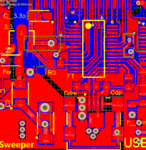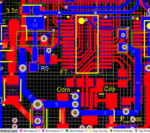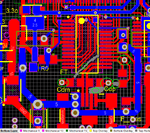STU_KNTU
Member level 1

Hi every one.
I want to transmit data with USB2.0 in some project's So i have to use a chip to handle physical layer and ... .
In your experience what company chips are better?
FTDI chips or Cypress Chips???
I have used FT245RL in Some project but honestly i was not satisfied from that chip for some reason.
In my project i want to configure my FPGA with the chip i will choose and i want to have hi speed communication too.
also may be i want to transmit data in super speed mode(USB3.0) in future.(sorry about the grammar :-|) and i want to focus in one of this companies chips...:thumbsup:
regards
I want to transmit data with USB2.0 in some project's So i have to use a chip to handle physical layer and ... .
In your experience what company chips are better?
FTDI chips or Cypress Chips???
I have used FT245RL in Some project but honestly i was not satisfied from that chip for some reason.
In my project i want to configure my FPGA with the chip i will choose and i want to have hi speed communication too.
also may be i want to transmit data in super speed mode(USB3.0) in future.(sorry about the grammar :-|) and i want to focus in one of this companies chips...:thumbsup:
regards








